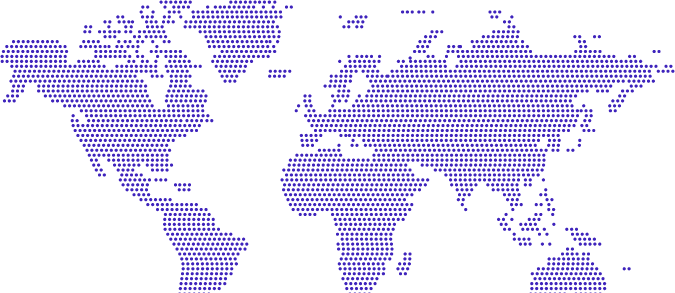In order to organize your campaigns in the best way, you must first have a command of the ROI concept. ROI, defined as return on investment, is actually the main goal of entrepreneurs. The goal of an investor is to get a higher return on the investment amount. This means high ROI, ie return on investment. When you organize the campaigns in the best way, you get a high return on investment.
1. Analyze
When creating your e-commerce campaigns, you should not use your entire budget in a single campaign. This is because the reactions to different groups and keywords in e-commerce campaigns vary. When organizing campaigns, it is important to analyze the keywords related to your business in detail. Determining your target audience is important in terms of optimizing campaigns, revealing different target audiences, if any. Men, women, age groups or location are among the areas you need to analyze according to your business. It is important that you support the highest ad groups by tracking the conversions of your ads. However, another situation that should be considered at the point of ad group is people's shopping habits. Anyone who enters the site with the ad can leave the site and search for the product or service on alternative sites, and then complete the purchase. In this case, your ad is efficient, but you may not see it return to purchase. By making more detailed follow-ups or allocating a budget to ad groups according to the rate of entering the site, you can get more effective results.
2. Use Tags
Use tags for your campaigns, posts, content, or any post you can think of. While the use of tags supports your conversions, you can make your analysis more effective. When you tag your ads, your ad URLs gain added value. It allows you to get this service with Facebook and Bing UTM parameters, which are known as technology giant and are among the important platforms of digital advertising. Google uses an automatic tagging system. You can easily follow what the users who come with tag systems with or without advertisements are doing on your site.
3. Focus on ROI 2 first
ROI 1 ve ROI 2 olarak ikiye ayrılan ve yatırım sahiplerinin aslında dikkat etmediği yatırım getirilerinde öncelik vermeniz gereken ROI 2’dir. Reklamveren olarak ROI dikkate alınsa da ROI 1 ve 2 ayrı ayrı dikkate alınmaz. ROI 1 kavramı site üzerinden yapılan doğrudan satışları ifade eder. Yani müşteri reklama tıklar ve satın almayı gerçekleştirir. Bu her zaman gerçekleşmeyen bir durum olduğundan dolayı dikkate alınmamalıdır. ROI 2 ise yardımcı dönüşümlerin yer aldığı bir kavramdır. Kullanıcı siteye girer inceler, araştırma yapar, bilgi edinir ve satın almayı gerçekleştirir. ROI 1 ilk aşamada negatif olabilir ama odaklanılması gereken zaten ROI 2’dir. ROI 2’nin yükselmesi ile birlikte her iki yatırım getirisi de yükselecektir.
4. Focus on Returns, Not Spending on Ads
See what each unit of ad spend brings. However, while doing this, do not expect a response in each unit. You can get 30 units of return for 20 units of expenditure. However, you do not know whether you will receive your return of 30 units on your first spend or if you spend 19 units on it. So be patient with your campaigns and focus on the big picture. ROAS, ie active profitability, has to be good compared to your advertising expenditures. In this way, you will earn money. If you spend your budget without checking the returns of your ads, you may not be able to get the rate you want.
5. Focus on User Experience
Using API or performing user tracking automations gives you information about user experiences. It is important to see what your users are doing instantly and measure the hourly responses of your campaigns while receiving your report. When you examine what happens in the campaign-based marketing data, you will have the chance to compare your periodic results and plan accordingly.


